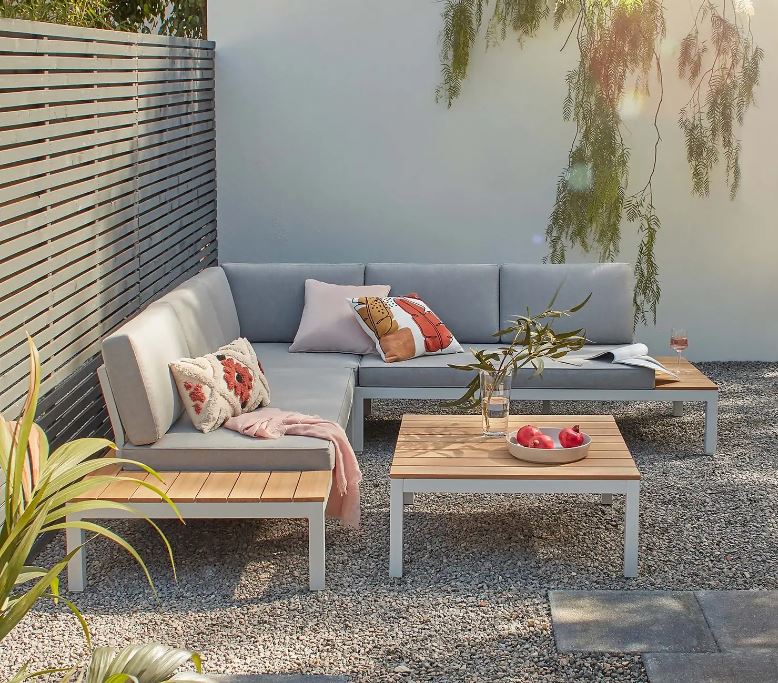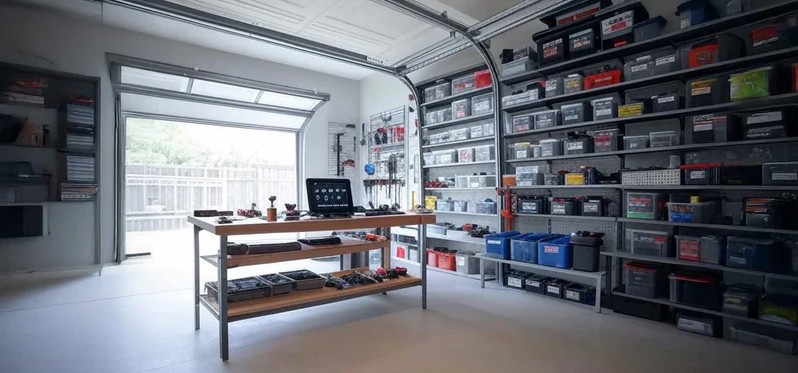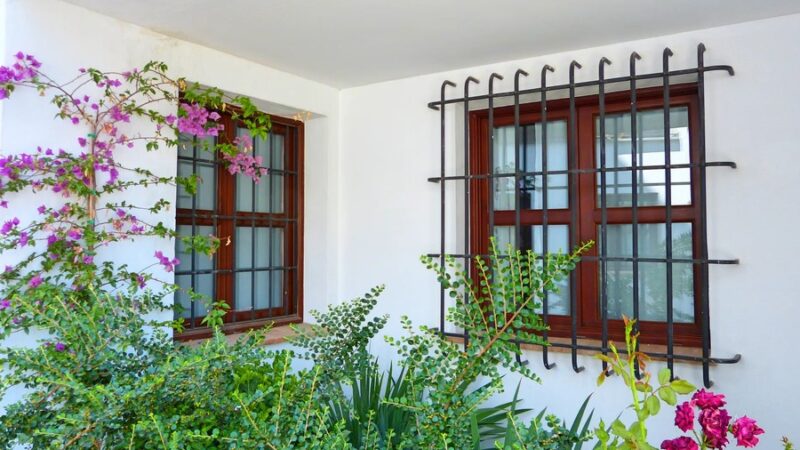Choosing the appropriate materials for outdoor furniture is crucial to ensure durability, functionality, and aesthetic appeal. The right materials will help withstand the challenges posed by various weather conditions, such as rain, sunlight, and humidity. There are some key factors to consider when selecting materials for outdoor furniture, highlighting their unique characteristics and advantages.
Weather Resistance
Look for materials that can withstand rain, snow, and harsh sunlight without deteriorating or fading. Some excellent choices include:
- Teak: Known for its exceptional durability and natural resistance to moisture, teak is an excellent choice for outdoor furniture. It possesses inherent oils that protect against rot, warping, and insect damage.
- Aluminum: Lightweight and resistant to rust, aluminum is a popular material for outdoor furniture. It is low-maintenance, versatile, and can withstand various weather conditions.
- Stainless Steel: Highly durable and corrosion-resistant, stainless steel is ideal for coastal areas or environments with high humidity. It provides a sleek and modern aesthetic.
UV Resistance
Sunlight can cause materials to fade and degrade over time. Opting for materials with built-in UV resistance ensures that your outdoor furniture remains vibrant and retains its original appearance. Consider the following options:
- Synthetic Wicker: Made from resin or polyethylene, synthetic wicker is UV-resistant and can withstand prolonged sun exposure without fading or cracking. It offers a classic look without the maintenance required by natural wicker.
- Powder-Coated Metals: Materials such as aluminum or steel with a powder-coated finish provide an extra layer of UV protection. The coating helps prevent fading and enhances the material’s overall durability.
Maintenance and Durability:
The level of maintenance required for outdoor furniture can vary significantly based on the materials used. Here are some options to consider:
- Recycled Plastic: Made from post-consumer plastic, recycled plastic furniture is highly durable, easy to clean, and requires minimal maintenance. It is resistant to moisture, fading, and pests.
- Cedar or Redwood: These natural wood options are naturally resistant to decay and insects. They require regular maintenance in the form of staining or sealing to maintain their appearance and durability.
- All-Weather Fabrics: When selecting cushions or upholstery for outdoor furniture, choose fabrics that are specifically designed for outdoor use. These fabrics are typically water-resistant, fade-resistant, and easy to clean.
Style and Aesthetics
Consider the overall style and design of your outdoor area when selecting materials. Here are a few examples:
- Natural Wood: Materials like teak or eucalyptus lend a warm and inviting feel to outdoor spaces. They often blend well with natural surroundings and are available in various finishes.
- Metal and Glass: Sleek and contemporary, furniture made from materials like aluminum or stainless steel with glass accents can provide a modern and sophisticated look.
- Colorful Resin: If you prefer vibrant and eye-catching furniture, consider resin materials that come in a wide range of colors. Resin furniture is lightweight, easy to clean, and often budget-friendly.







